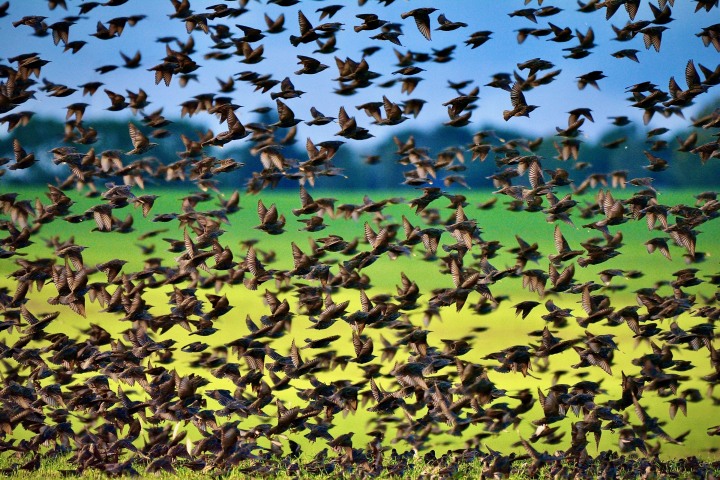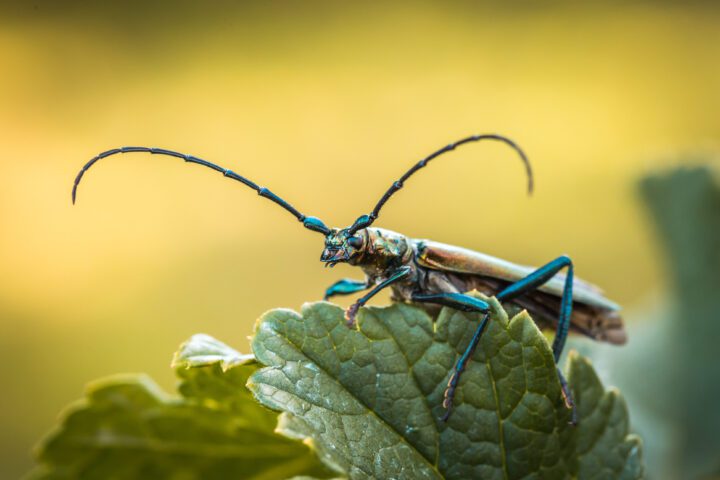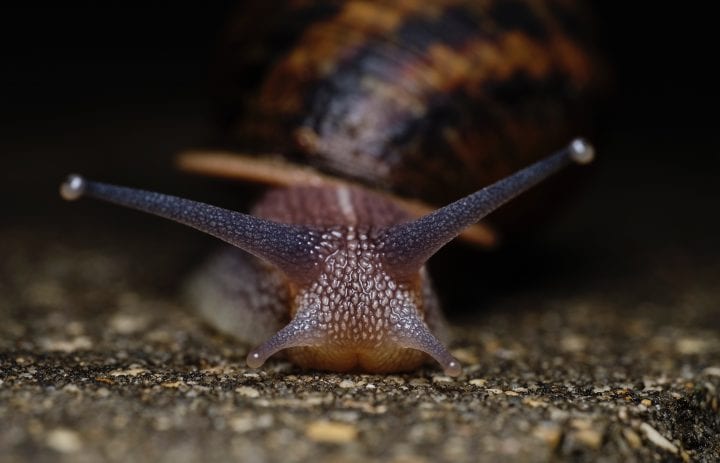Efficient search algorithm from University of Trieste uses a combination of individual and neighboring data to improve the detection of harmful substances.
Benefits
- Increased efficiency
- Improved search time
Applications
- Chemical detection
- Search and rescue
UN Sustainable Development Goals Addressed
-

Goal 3: Good Health & Wellbeing
The Challenge
Certain harmful gases and volatile substances can be undetectable by humans but still have the potential to be deadly. The United States’ Occupational Health and Safety Administration (OSHA) estimates approximately 50,000 deaths each year are related to chemical exposures in the workplace. Some of these deaths are related to undetected gaseous hazards, and could be mitigated with earlier detection.
Innovation Details
The search algorithm is used by a group of robots trying to detect a harmful gas. It is based on the assumption that swarms may be better at detecting smells than individuals, since there are more organisms to detect and track the odor. To do this, individuals would have to ‘trust’ their neighbors and follow them for part of the search. Researchers modeled organisms that followed both their own paths (moths) and their neighbors’ flight patterns (bird flocks). They found that a group of robots most efficiently located a source when individuals trusted their neighbors’ senses over their own about 80% of the time.
Biological Model
Moths have sensitive antennae that help them detect the presence of pheromones released by other moths. Wind often affects the pheromone location, causing moths to take indirect, zigzagging paths to their destinations, usually by heading upwind of the most recent pheromone smell they encountered.
Birds such as starlings fly together in large groups of hundreds or thousands of individuals. They manage to stay within inches of other starlings, turning at high speeds, without ever colliding. They do this by paying close attention to the speed and direction of the seven other starlings closest to it. Any fewer, and there’s not enough reliable information for a starling to maintain flying with precision within the flock. Any more, and there’s too much information to process quickly and make real-time decisions.






